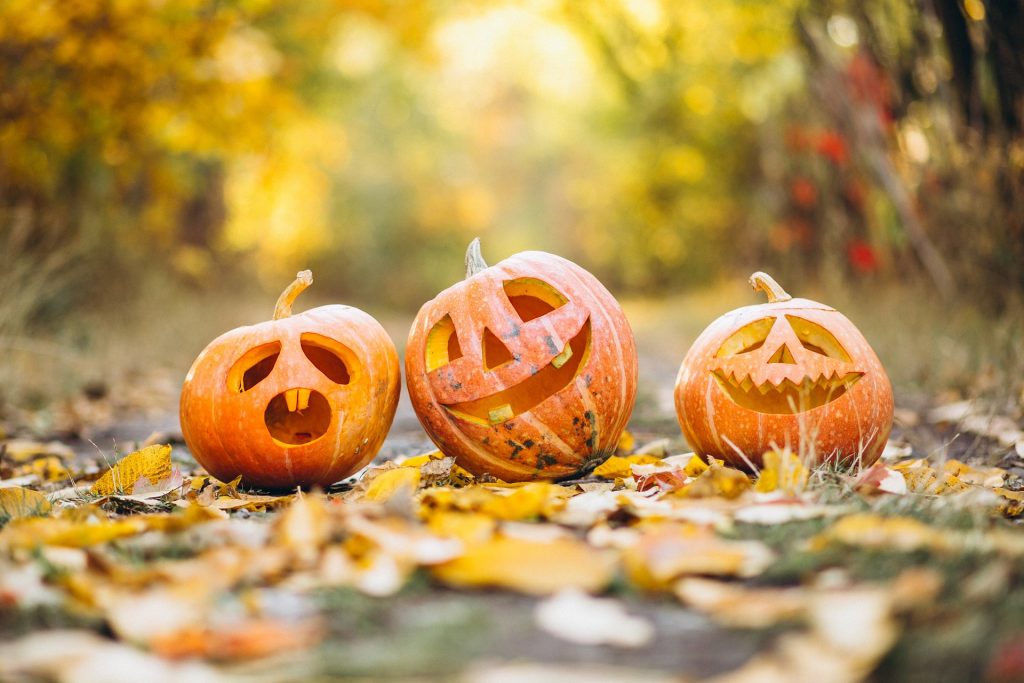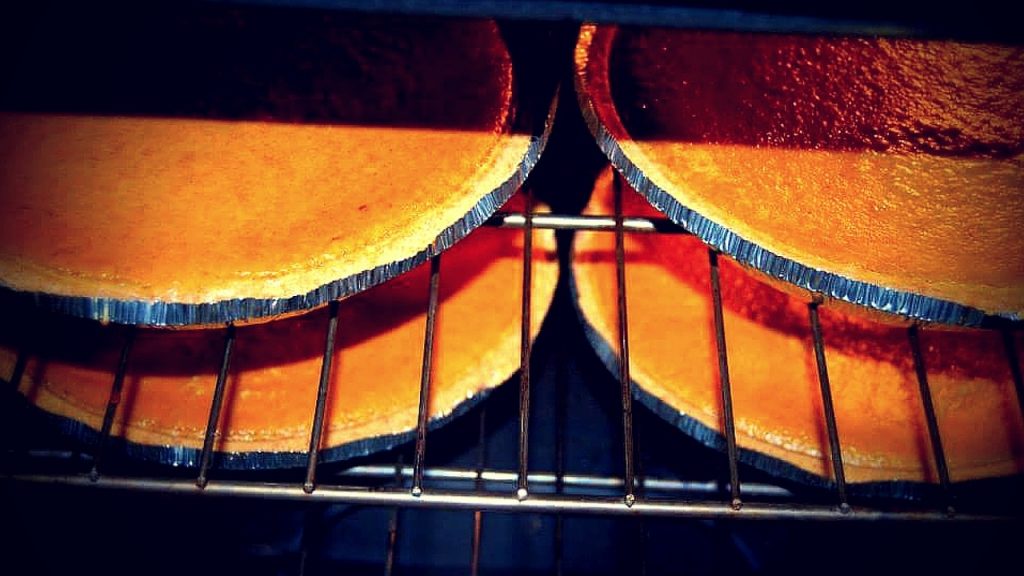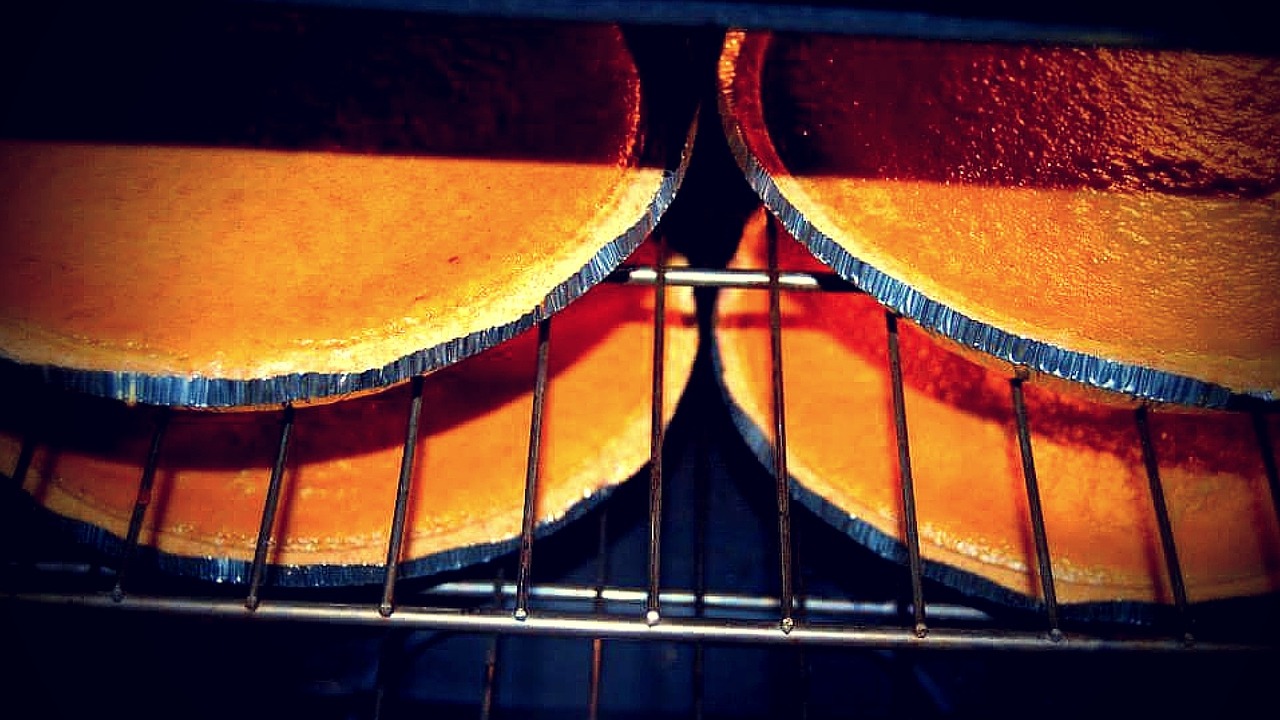
Pumpkin pie has been on my mind these days.
Tis the season, even though I’m pretty indifferent to pumpkin pie. Maybe it’s because no pumpkin pie I’ve eaten in the last many decades has measured up to my memories of the pumpkin pie my baba used to make when I was very little.
Baba baked her pumpkin pies in shallow, red-rimmed, white enamel pie plates. I don’t remember eating those pies with ice cream or whipped cream. (A must-have, these days.) And I don’t remember growing pumpkins when I was a kid. I’m sure Baba just used the jack-o-lanterns Mama brought home after the Halloween party in her Grade 1 class. Maybe it was the candle smoke that gave Baba’s pies their exceptional flavour…

Thinking about pumpkin pies got me thinking about pumpkin history. So I hunted up some pumpkin trivia, just for fun.
- The word pumpkin comes from the Greek pepown, which means large melon. The French called pumpkins pompons. In English, the word was initially pronounced pompion or pumpion, which eventually morphed into pumpkin.
- The small, hard, bitter precursors of modern-day pumpkins were a favourite food of mastodons, sloths and other ancient herbivores who ate them and spread their seeds 12,000 years ago, before the Ice Age.
- The Indigenous people of Central and North America have cultivated pumpkins for 7,000 years. Pumpkins were originally domesticated for use as bowls, tools and fishnet floats, and their dried flesh was woven into mats. Eventually, the bitterness and toxins were bred out and pumpkins were cultivated for food.
- Pumpkins were first brought to Europe in the mid fifteenth century. The first published recipe for pumpkin pie appeared in an English cookbook in 1675. It was a custardy pumpkin concoction layered with sliced apples.
- In many parts of the world, including Ukraine, pumpkin is a savoury food staple. But Ukrainians settlers in Canada didn’t grow pumpkins in the early years. The growing season was too short and too cold.
- In some parts of Ukraine, matchmakers would be shown a pumpkin when the girl they’d come to proposition declined their offer. In Western Ukraine, where my family comes from, a pestle (makohin) used for grinding poppyseeds was presented instead.
- Smoky Lake, Alberta, has hosted an annual pumpkin festival since 1991. This year’s winner—the biggest pumpkin ever grown in Canada—weighed in at a whopping 2,537 pounds.
